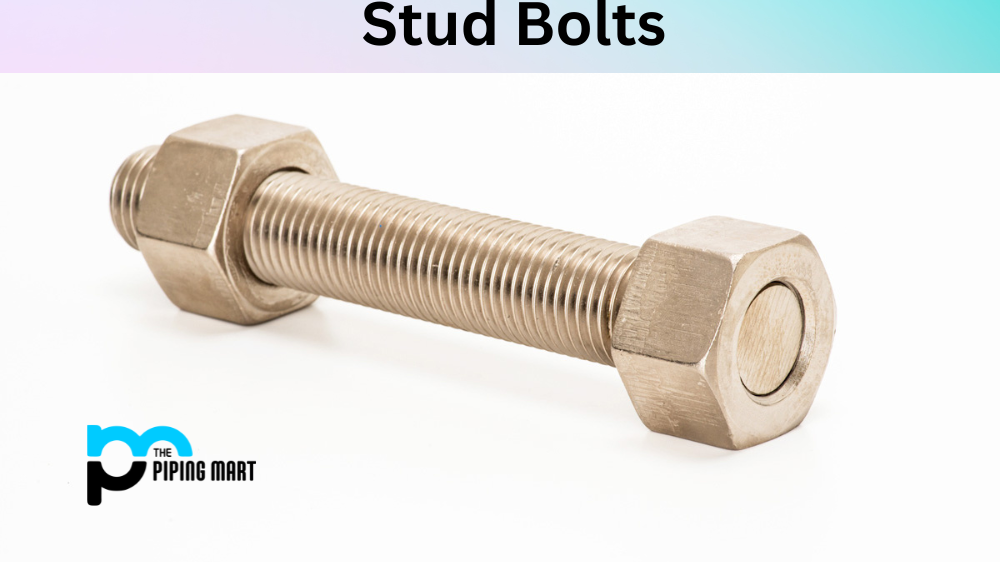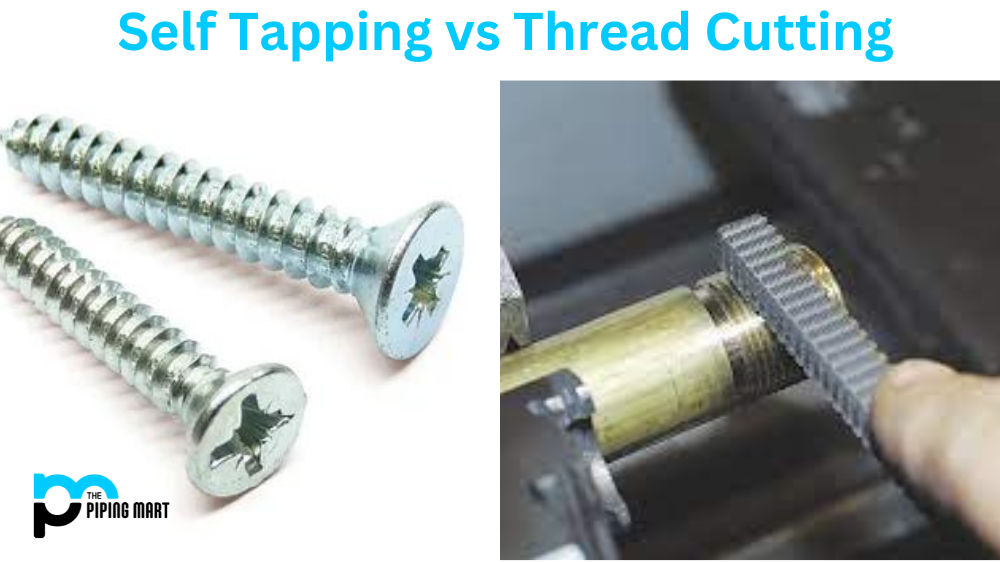Stud bolts are a type of fastener that is used in various industries, from automotive to construction. They commonly join flanges or attach them securely to other objects. So, what is a stud bolt, and how can you use it? Let’s take a look.
What is Stud Bolt?
A stud bolt is an externally threaded rod with two heavy hexagon nuts. It has a plain shank, usually made from grade 4.6 carbon steel or grade 8.8 stainless steel, with rolled threads on both ends. The threading helps ensure that the nuts remain secure and prevent the bolt from breaking during installation or removal.
Stud bolts come in different lengths and diameters and are available with either metric or imperial measurements (measured in inches). The most common size for stud bolts ranges from M10 (10mm) to M48 (48mm). Larger sizes may also be available depending on your application needs.
Types of Stud Bolts
Different types of stud bolts are available, depending on the threading pattern and design, as shown below:
- Fully threaded stud bolt – also called as continuous threaded stud bolt with a fixed thread length
- Tap ends stud bolt – with uneven threads on both ends and a non-threaded center.
- Double-end stud bolts – with threaded ends of equal length and a non-threaded center.
- Flange Stud Bolts – a fully threaded stud bolt with a chamfered end, specifically designed for flanged connections.
- Double-end stud bolt with reduced shank – the non-threaded center component has a smaller diameter than the actual diameter.
Stud Bolt Uses
Stud bolts have a variety of uses across many industries, but they are most commonly used in construction, automotive, and industrial applications. For example, they are often used in large-scale construction projects such as bridges and dams, where components must be securely connected. In the automotive industry, stud bolts secure engine components such as cylinder heads and exhaust manifolds. They can also be found on large equipment like turbines and generators, where they help secure electrical connections.
Stud Bolts Coating Materials
To avoid galvanic corrosion, the material of the nut and washer must be suitable for the stud-bolt material. To improve corrosion resistance, stud bolts are sometimes coated. The following are examples of common coating materials:
- Electro zinc plating
- Electro cadmium plating
- Hot dip galvanizing
- PTFE Coating
- Phosphate coating
- Electro less nickel plating
- Zinc-nickel coating
- Aluminum coating
- Silver coating
- Zinc/Nickel by electrode position
- Dacromet
- Geomet
- XYLAN 1070
- XYLAN 1024
- Xylar 1
Stud Bolt Threads Types
Depending on the application, stud bolts utilize a range of screw thread profiles. The following are some of the most popular thread profiles:
- ISO metric thread
- ACME thread
- UNC thread
- UNF thread
- UN thread
- WHITWORTH thread
Stud Bolt Length (OAL/FTF)
The length of the stud can be measured either as overall length (i.e., “OAL”) or as “first useable thread to first useable thread” (i.e., “FTF”).
The FTF length is the standard stud length measurement for piping applications, and it is obtained by subtracting a quarter of an inch from the OAL length.
Flanges of various diameters and ratings necessitate studs of various lengths and diameters.
Stud Bolt Size/Dimension
The size and dimensions of the stud bolt are determined by the regulatory standards ASME B16.5 and ASME B16.47, which specify the bolt diameter and number of bolts required based on the pressure class, flange type, and pipe size.
In general, as the pressure class and NPS increase, so does the bolt area. The bolt area is determined by two parameters: the bolt diameter and the number of bolts. As a result, any of the two or both parameters can be adjusted to increase the bolt area.
Conclusion:
In conclusion, it’s easy to see why stud bolts have become an essential part of many industries worldwide today. They offer a reliable way to securely join various components while providing maximum strength and durability. Whether you need them for automotive repairs or large-scale construction projects, there’s no doubt that these versatile fasteners will get the job done right!

A passionate metal industry expert and blogger. With over 5 years of experience in the field, Palak brings a wealth of knowledge and insight to her writing. Whether discussing the latest trends in the metal industry or sharing tips, she is dedicated to helping others succeed in the metal industry.




